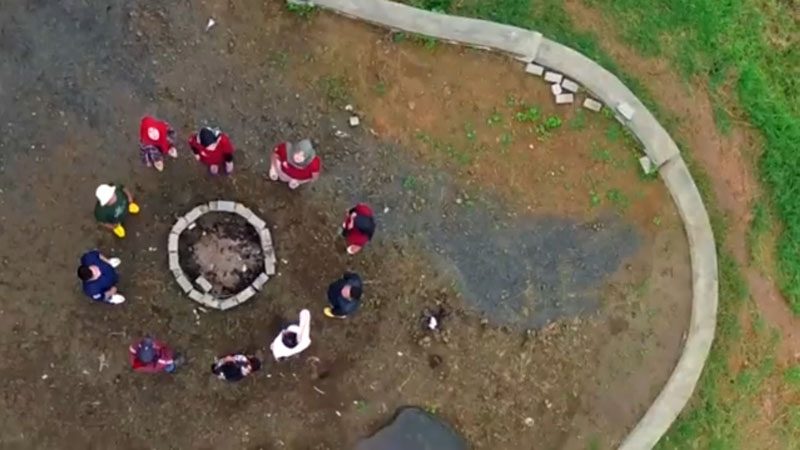"Community-based doesn't inherently mean community-led." This insight emerged as a recurring theme during our interviews with stakeholders in the GEF Partnership while evaluating community-based approaches. During early interviews, we encountered a significant challenge: the term 'community-based approaches' was interpreted differently by various individuals. To address this issue and determine the extent to which GEF projects genuinely empowered communities, we dug deeper.
Our first step was to define 'community-based approaches.' We chose a comprehensive definition to encompass the diverse applications within the GEF: a design modality that empowers communities or natural resource users with decision-making authority, often accompanied by financial and technical resources. Drawing from literature on participation and decision-making, we adapted a framework to assess the level and depth of community involvement in GEF projects. Our findings from a review of GEF projects indicated that GEF's application of the approach largely aligns with best practices, particularly in newer projects. However, we identified a concerning trend: a decrease in the number of recent projects that effectively transferred financial and technical responsibilities to communities. This best practice dimension is particularly important for the approach as it is a key element of empowering communities to have a role in decision making and resource management.
For an example of why this element is so important, we can draw from the fieldwork we conducted in Madagascar, Timor Leste, Cameroon, Indonesia, and Peru. Through our visits to project sites and engagement with community members we heard the community’s firsthand experience with GEF projects and their appreciation for being included in decision-making processes. We also discussed the approach's challenges and opportunities with project staff and local officials.


A compelling example of the approach's potential, and the importance of devolving control of resources to communties came from Sugih Mukti, West Java, Indonesia. There, community members received grants to tackle local environmental issues and generate income. They established a waste sorting facility, which not only continued to operate seven years post-project but also expanded with support from the government and a local energy company. The project led to improved environmental conditions and economic advancement for community members, exemplifying the sustainable impact of well-implemented community-based approaches.
Our evaluation resulted in three recommendations. The first was that the GEF Secretariat should ensure that co-design of projects with communities is possible under the current GEF policies and guidelines. The second is that the GEF Secretariat should provide more clarity and guidance on when and how the approach can be used in GEF projects. The third recommendation relates to addresses the gap in good practice highlighted in this blog – the GEF Secretariat should develop an approach for tracking of devolved responsibility and/or financial resources to the local level for GEF projects. The GEF accepted all three recommendations, recognizing the third recommendation as a crucial metric for allocating resources effectively and supporting truly community-led initiatives.
